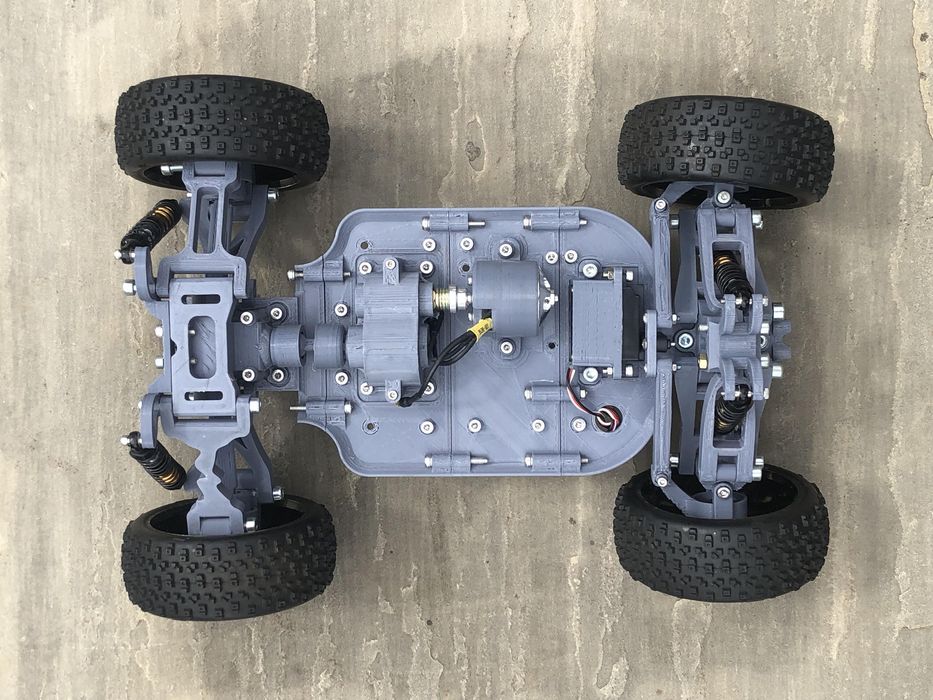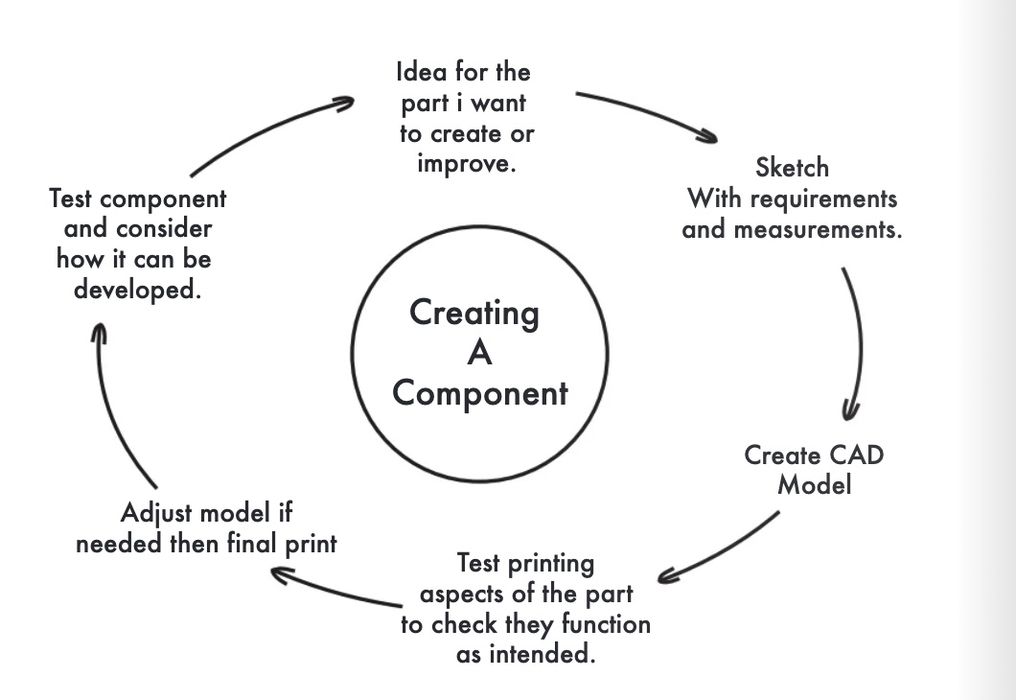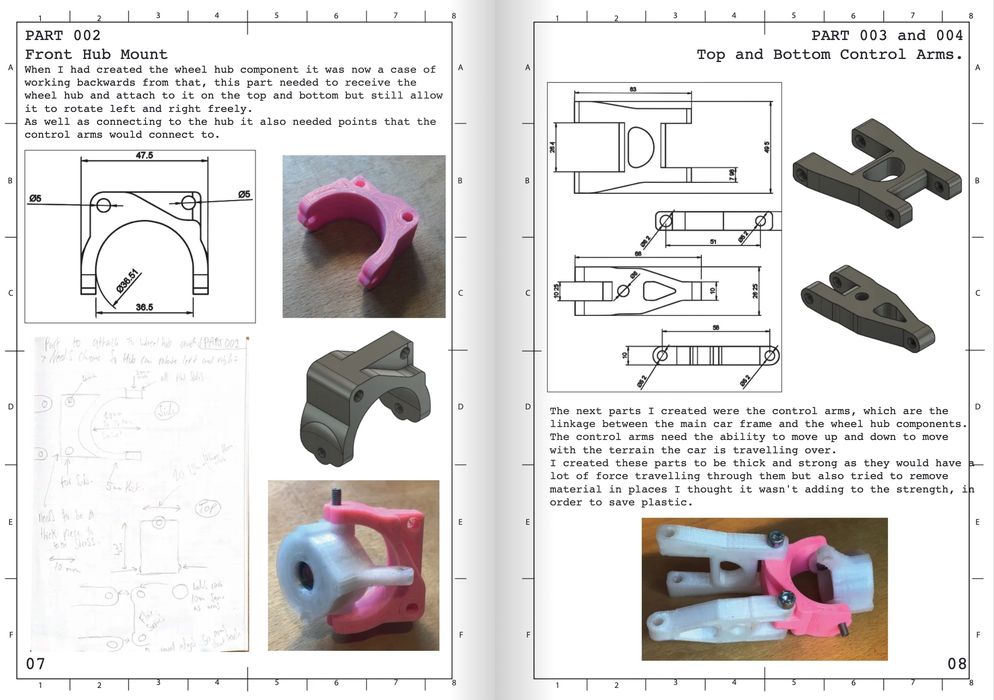
This week’s selection is the Functioning Model Car by Charlie Ashman.
Ashman is a student and the Functioning Model Car design was for a university project.
The body-less vehicle is fully functioning. It includes a chassis, front end with steerable wheels, and a rear end with drive train. All of this works just as you’d expect in a life-size vehicle. Even more impressive is that Ashman apparently designed all of it from scratch.
But why do so? This project required a huge amount of design work. Ashman explains:
“This book describes the process of me designing and making a functional scaled down car from scratch, the concept for this car stems from research i have done in to the right to repair and the results that is having on our ability to fix things and our diminishing knowledge in how things work.
As a result of this research i decided i wanted to teach myself how cars function and are assembled by making (almost) all of the components myself as a way to regain that knowledge that is being lost.
I realised that it wouldn’t be possible to learn how to make a car using the real techniques and heavy machinery so i decided to make it using CAD design and 3d printing, something i would say i was a beginner at when starting the project but have taught myself how to use throughout the process.”
Ashman decided to make the work public so that others could see and understand the design process he undertook to design and build the Functioning Model Car. Ashman explains:
“i hope that someone may be able to use my project as a methodology or example and apply what i have learnt to their own work in order to teach themselves how something works or to solve a problem.”

Ashman’s 36-page tome takes you through the entire design process in extreme detail. Here’s a section of the explanatory book showing rough sketches, CAD renderings and even fully printed parts under assembly:

There are no design files provide, nor even a bill of materials for the project. Thus it’s unlikely you will be able to build one a Functioning Model Car yourself.
But that’s not the point.
The contents of the book are not so much “what” by more “how” and “why”. By following along Ashman’s design path you may be able to find your own design trajectory for your own projects.
Via Flipping Book
